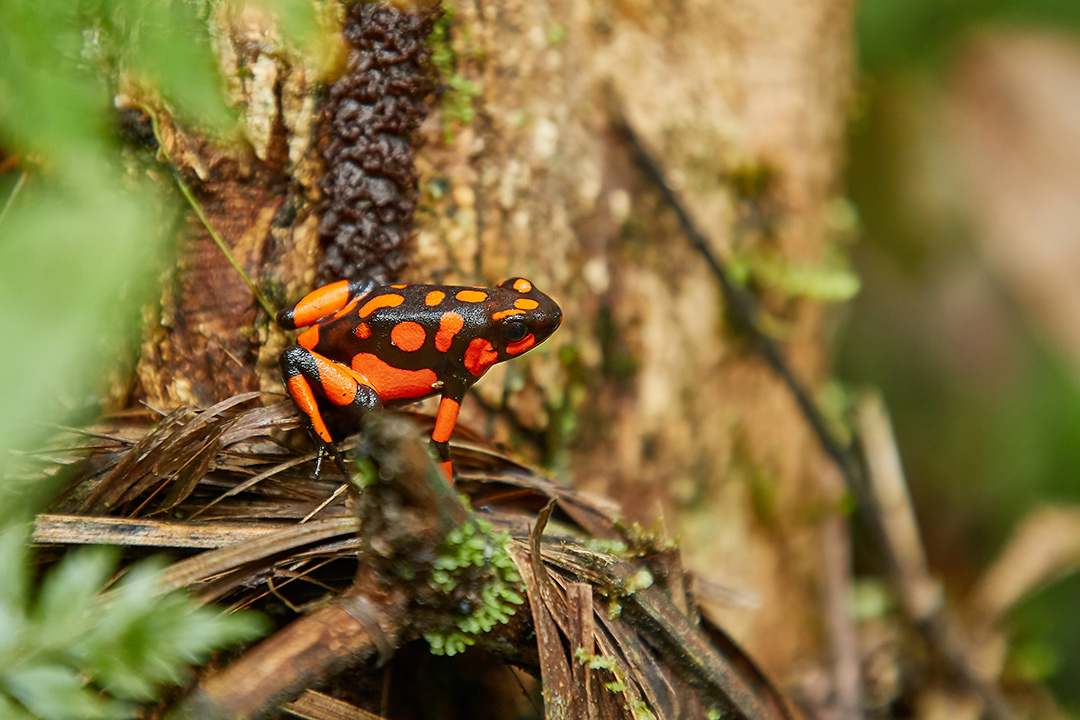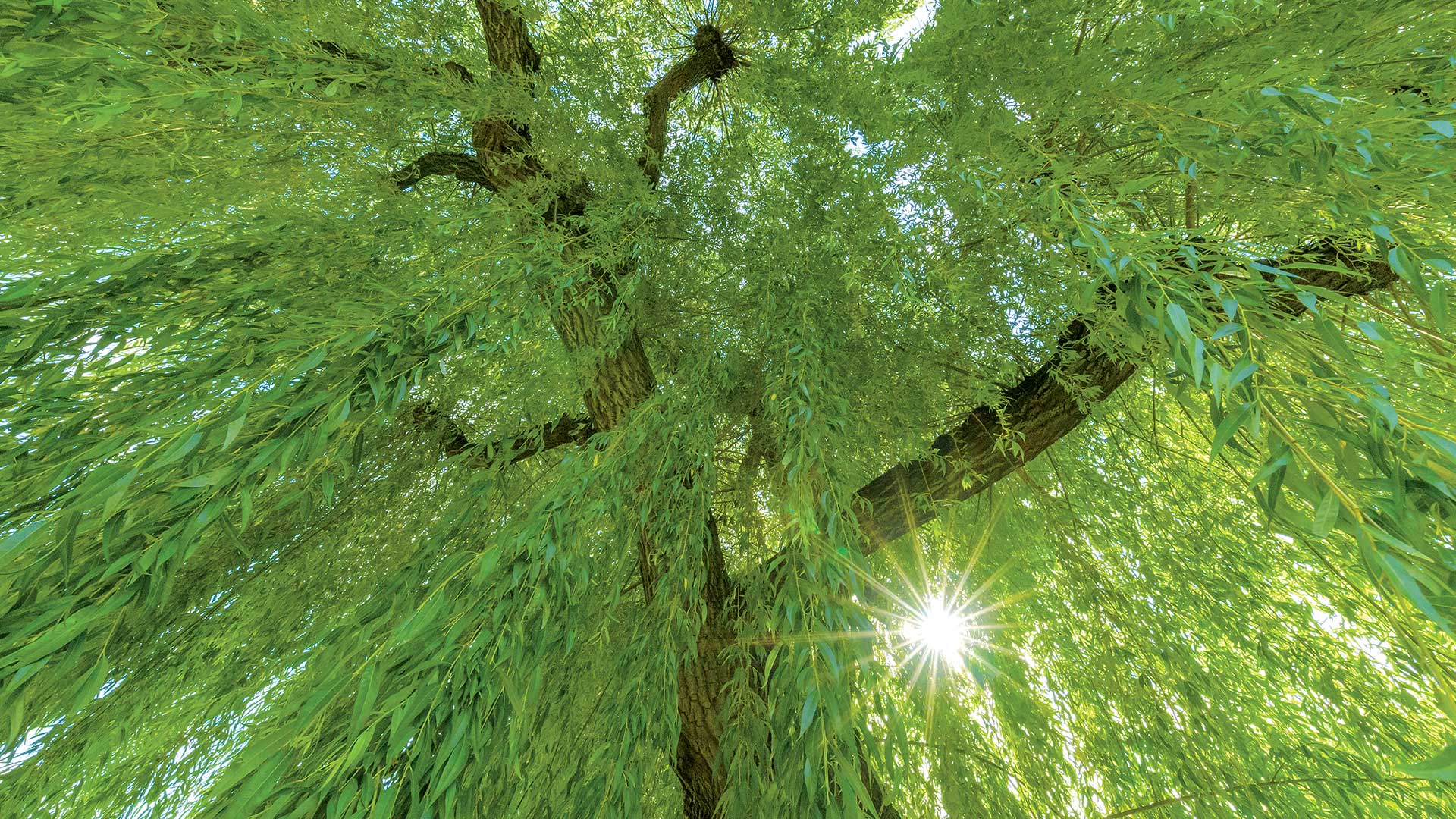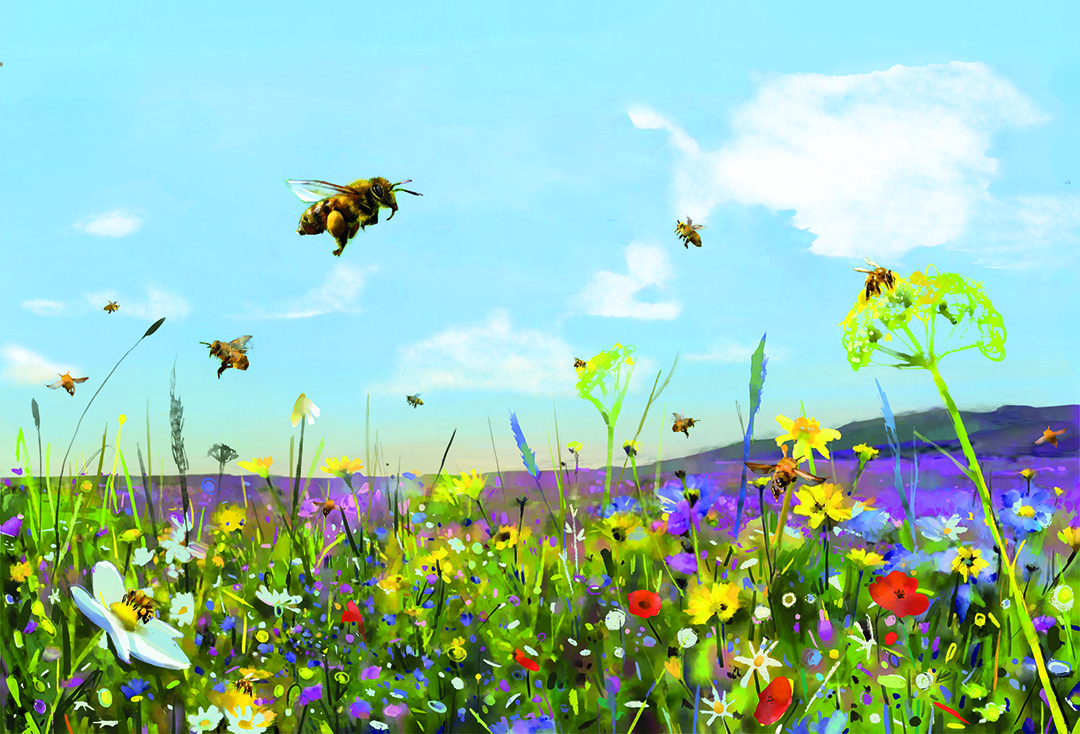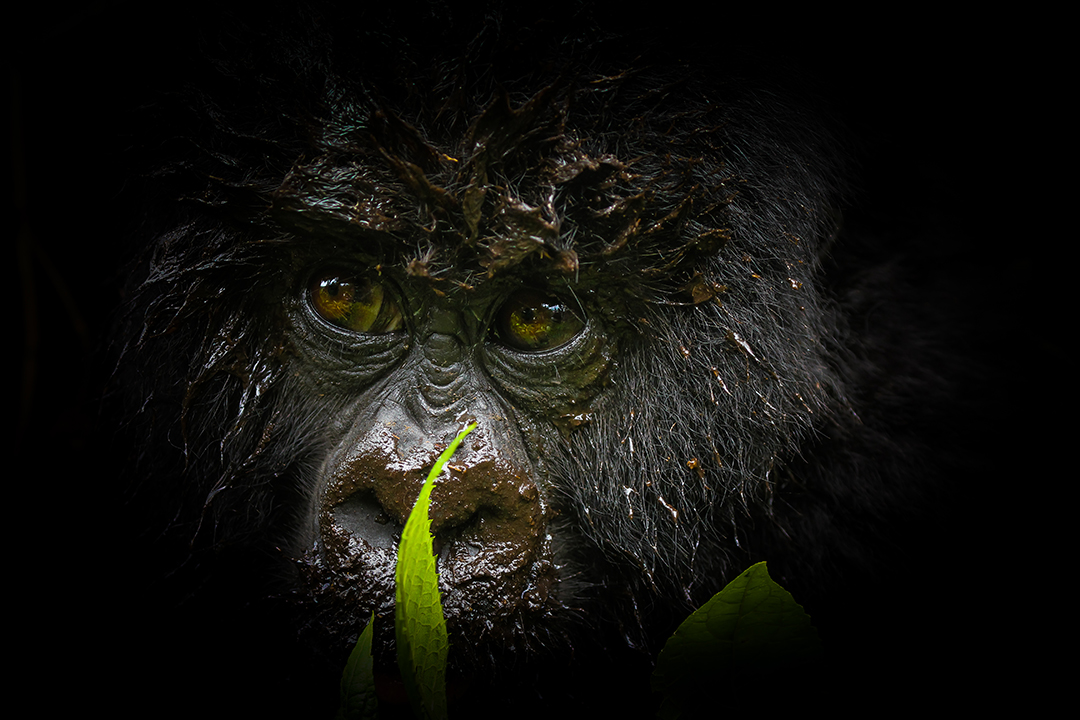
Barometer of Life
Tens to hundreds of times faster than in the last 10 million years. Animals and plants are disappearing at rates unprecedented in human history, according to the Intergovernmental Science-Policy Platform on Biodiversity and Ecosystem Services (IPBES). And human activities are to blame. In the case of mammals, the most studied group of animals, the fossil record indicates that the extinction rate before the presence of mankind was so low that only one species disappeared per millennium. But in the last 20 years, the number of plant and animals species under threat has almost tripled, growing from 11,000 to more than 31,000 according to the International Union for Conservation of Nature (IUCN) latest assessment.
After World War II, and under the auspices of UNESCO, the IUCN was created as the global authority dedicated to protecting nature. Over the years, its scope progressively extended to bring together national and local governments, communities and other bodies to properly safeguard the natural world. This led to the creation of the IUCN Red List of Threatened Species in 1964, one of the most representative indicators of the world’s biodiversity and a comprehensive source of information on the global status of animal, fungi and plant species. According to the most recent report published at the beginning of 2020, of the more than 116,000 species assessed by the IUCN, 27% of all animals, plants and fungi are threatened with extinction.
41% of amphibians are threatened with extinction, as well as 34% of conifers and 33% of reef building corals. However, in reality, the number is much higher as the IUCN has only been able to assess a small portion of the more than eight million animal and plant species the institute believes to exist on Earth. The IPBES estimates that close to one million known and unknown species are at risk of extinction. According to the IUCN Red List, South America is one of the most worrying regions, in particular Brazil, Ecuador and Colombia, where the Amazon jungle spans over vast areas of the territory. In Europe, Portugal is listed among the four countries with the most threatened species, and nearly 100 species are threatened in Poland.
PRESERVING BIODIVERSITY
Human activity, such as intensive farming and overfishing, is one of the main causes of this situation. Pollution also contributes significantly to the growing number of threatened species. In some regions of the planet, forests are seen as obstacles to the production of commodities used around the world by different industries, such as palm oil, soy or beef. That is why deforestation, together with the dramatic increase in temperature and soil erosion, poses a threat to the survival of many living species. Forests are home to nearly 80% of land-based biodiversity.
More than 31,000 species are threatened with extinction.

Amphibians 41%

Conifers 34%

Reef Corals 33%
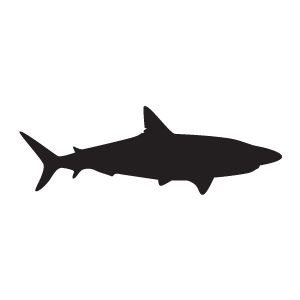
Sharks and Rays 30%

Selected Crustaceans 27%
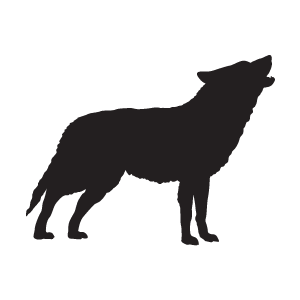
Mammals 25%
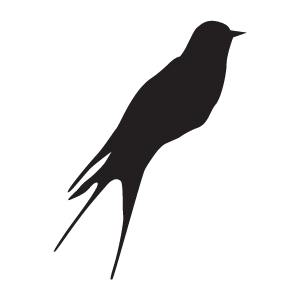
Birds 14%
THE EYE OF THE LYNX
After Spain, Greece and Italy, Portugal is the fourth country in Europe with more endangered species: 465 to be precise. Many animals are at risk, particularly the Iberian imperial eagle (Aquila adalberti), one of the world’s rarest birds of prey. After a 20-year absence as a breeder, the Iberian imperial eagle returned to Portugal in 2003 to procreate. The cinereous vulture (Aegypius monachus), also known as the black vulture, which was critically endangered, returned, adapting to an environment with food shortages and seeking alternatives, such as the carcasses of cattle, sheep and goats.
The main threats to the species are poisoning, direct persecution by shooting, nest robbing, and the destruction and disturbance of breeding sites. But there are positive developments. “Critically endangered” since 2015, the Iberian lynx (Lynx pardinus) has been downgraded to “endangered”, although it continues to be the world’s most endangered feline species and the most threatened carnivore in Europe.
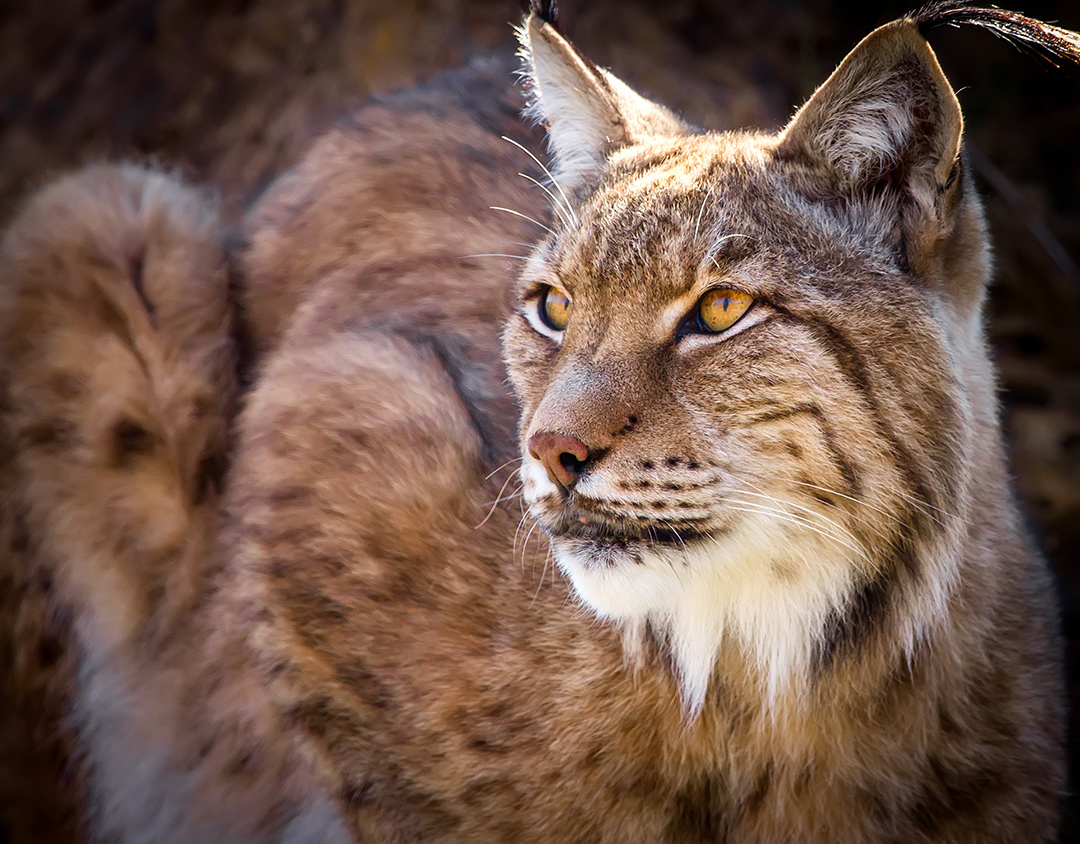
There are currently a little over a hundred Iberian lynxes living in Portugal. The Iberian lynx feeds almost exclusively on wild rabbits and finds it difficult to adapt to other prey. It was precisely the sharp decline in rabbit populations and its shrinking habitat, as a result of the construction of dams and roads as well as the use of illegal traps for rabbits and foxes, that contributed to the decline in the Iberian lynx population. The recovery is due to the so far well succeed reintroduction of adult animals born in captivity. Since 2010, the Iberian Lynx National Breeding Centre, located in Algarve (southern Portugal), managed to get 101 cubs born and survive. Eighty of these cubs had a successful reintroduction into the natural environment, and the others were delivered to zoos or maintained in captivity as reproducers.
EUROPE’S LARGEST MAMMAL
Poland has 95 threatened species, according to the IUCN Red List. Eastern Poland is part of a broader region, Polesia, which spans across three countries more: western Russia, southern Belarus and northern Ukraine. It is considered the Amazon of Europe, not only because of its large area but also because of its biological diversity. It is the largest wilderness on the old continent, with millennia-old forests, vast wetlands and hundreds of thousands of species. Over the past few decades, deforestation and climate change have threatened several endemic species, such as the Eurasian lynx, the largest of the four known lynx species.
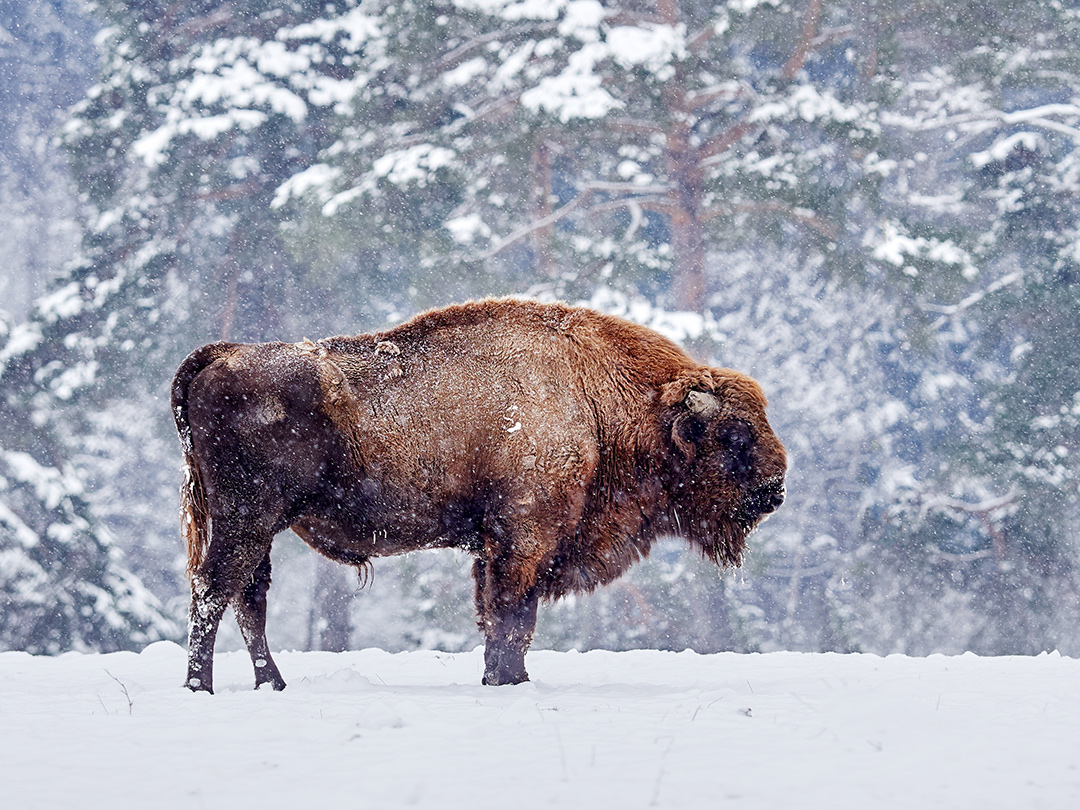
The river dolphin and the brown bear are also endangered, although their respective populations have recovered in recent years and they are now classified as vulnerable species. The European bison is Europe’s largest mammal and has already been on the brink of extinction as a result of being hunted for its skin and horns. In 2008, only 800 specimens roamed the Bialowieza forest, a nature reserve on the border between Poland and Belarus. In recent years, conservation efforts and the reintroduction of the species into its natural habitat has helped population numbers grow and the European bison is now classified as a vulnerable species.
JUMPING TOWARDS SURVIVAL
Of the more than 7,000 species that are threatened in South America, a significant portion is endemic to Colombia, the third South American country with the most animals and plants under the threat of extinction. Colombia has a variety of natural ecoregions that are home to a vast and unique biodiversity, including the Andes mountains, the Pacific Coast region, the Amazon rainforest and several other inland water systems. Indeed, Colombia is the country with the second-highest biodiversity in the world. The Atelopus minutulus, also known as the Colombian stubfoot toad, is one of the endemic species that is critically endangered. The destruction of its habitat, due to deforestation, intensive farming and pollution, is causing this species to disappear.
